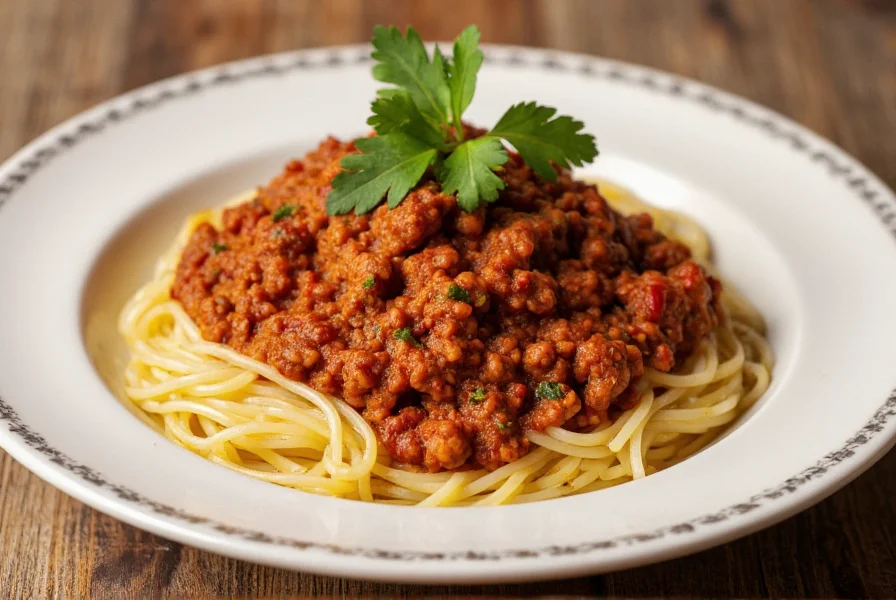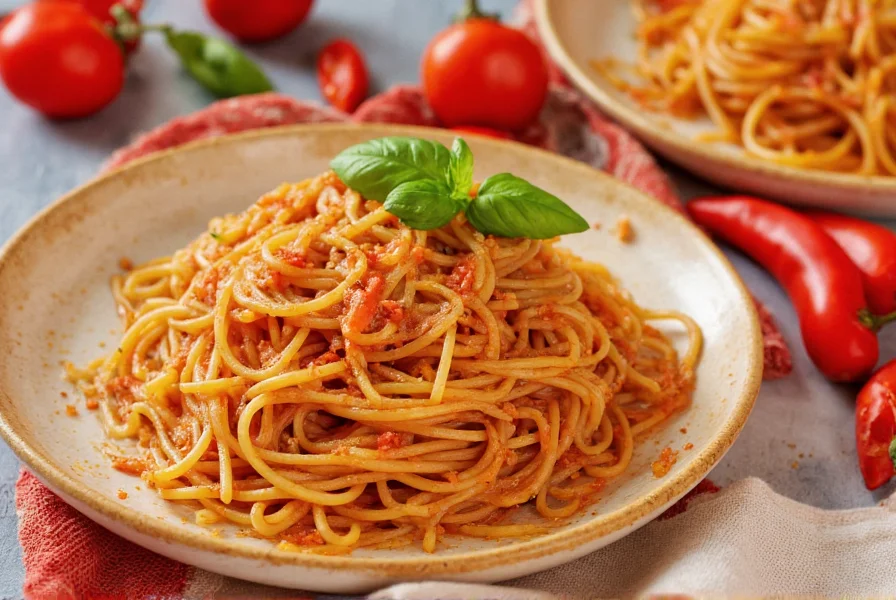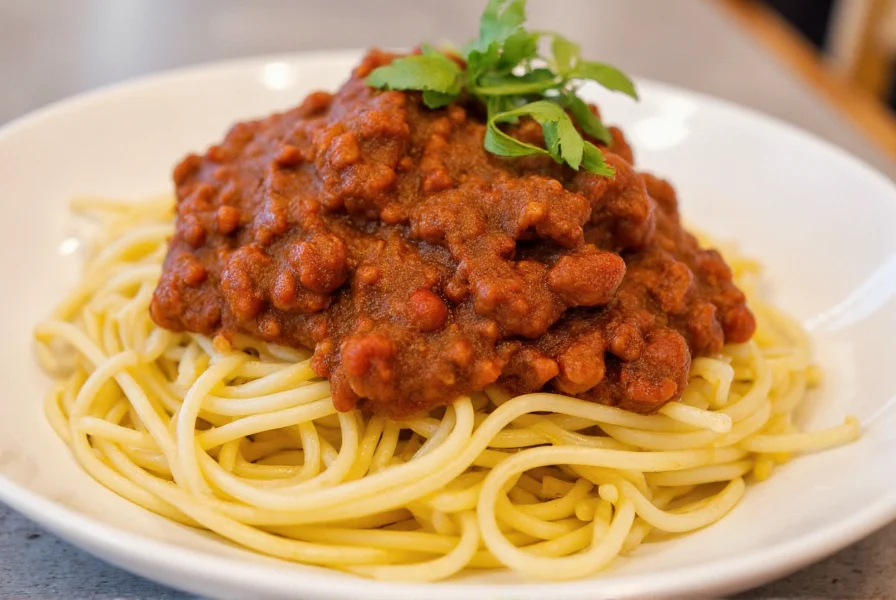Yes, chili (both the pepper and the stew) can be successfully paired with spaghetti. Chili con carne works as a hearty topping for spaghetti, while chili peppers add heat and complexity to traditional pasta dishes. The key is balancing flavors and textures for optimal results.
When exploring the culinary relationship between chili and spaghetti, understanding the distinct components is essential. Chili refers to either Capsicum peppers (ranging from mild to extremely hot) or chili con carne (a meat-based stew with beans, tomatoes, and spices). Spaghetti, the classic long, thin pasta, serves as a versatile base that can accommodate various flavor profiles.
The successful pairing of chili and spaghetti depends on several factors including regional traditions, flavor chemistry, and cooking techniques. While not a traditional Italian combination (as authentic Italian cuisine rarely mixes +#+#+#+#+#+
When exploring the culinary relationship between chili and spaghetti, understanding the distinct components is essential. Chili refers to either Capsicum peppers (ranging from mild to extremely hot) or chili con carne (a meat-based stew with beans, tomatoes, and spices). Spaghetti, the classic long, thin pasta, serves as a versatile base that can accommodate various flavor profiles.
The successful pairing of chili and spaghetti depends on several factors including regional traditions, flavor chemistry, and cooking techniques. While not a traditional Italian combination (as authentic Italian cuisine rarely mixes meat sauces with pasta), chili spaghetti has gained popularity in American-Italian fusion cooking and certain regional adaptations.

Understanding Flavor Compatibility
From a flavor science perspective, chili and spaghetti create interesting interactions:
| Component | Flavor Profile | Complementary Elements |
|---|---|---|
| Spaghetti | Neutral, slightly sweet wheat flavor | Provides base for bold sauces; texture holds chunky toppings |
| Chili Peppers | Heat, fruitiness, varying levels of smokiness | Enhances tomato-based sauces; cuts through richness of meat |
| Chili Con Carne | Rich, savory, complex spice profile | Creates hearty meal when paired with pasta's neutral canvas |
Popular Chili and Spaghetti Combinations
Chefs and home cooks have developed several successful approaches to combining these ingredients:
1. Chili Topped Spaghetti
This straightforward method treats chili con carne as a sauce alternative to traditional meatballs or Bolognese. For best results:
- Cook spaghetti al dente to maintain texture against the chunky chili
- Drain excess liquid from chili to prevent soggy pasta
- Add a splash of pasta cooking water to help the chili adhere to spaghetti
- Garnish with fresh parsley or grated Parmesan for balance
2. Spicy Arrabbiata-Inspired Spaghetti
Using chili peppers (like red pepper flakes or fresh jalapeños) to create a spicy tomato sauce:
- Start with quality San Marzano tomatoes for authentic flavor
- Add chili gradually, tasting as you go to control heat level
- Include garlic and olive oil as flavor foundations
- Finish with fresh basil for aromatic complexity

Expert Tips for Perfect Chili Spaghetti Fusion
Professional chefs recommend these techniques when combining chili and spaghetti:
- Balance acidity - The tomatoes in chili can make the dish too acidic. Add a pinch of sugar or grated carrot to balance flavors.
- Control heat levels - Remove seeds and membranes from fresh chili peppers for milder heat, or add them for extra spice.
- Consider texture contrast - Top chili spaghetti with toasted breadcrumbs for added crunch.
- Don't overcook pasta - Spaghetti should be slightly firm when mixed with chili to maintain structure.
- Let flavors meld - Allow chili-topped spaghetti to rest for 5 minutes before serving for better flavor integration.
Regional Variations Worth Trying
Different culinary traditions have created unique takes on chili and spaghetti combinations:
- Texas-Style Chili Spaghetti - Features a beanless chili con carne with generous spices served over spaghetti
- California Fusion Spaghetti - Incorporates fresh Anaheim peppers into a lighter tomato-chili sauce
- Midwest Hotdish Spaghetti - Layers spaghetti with chili and cheese for a casserole-style meal
- Spicy Arrabbiata Evolution - Traditional Italian-inspired sauce enhanced with carefully measured chili heat
Common Mistakes to Avoid
When preparing chili spaghetti dishes, watch out for these pitfalls:
- Overpowering heat - Too much chili can dominate other flavors. Start with small amounts and build gradually.
- Soggy pasta - Mixing wet chili directly with spaghetti without draining excess liquid creates mushy results.
- Flavor imbalance - Neglecting to balance the dish's acidity, sweetness, and saltiness leads to one-dimensional taste.
- Incorrect pasta cooking - Overcooked spaghetti can't support the weight of chili toppings.
- Ignoring resting time - Serving immediately after mixing prevents flavors from properly integrating.
Simple Chili Spaghetti Recipe
For those wanting to try this combination, here's a basic approach:
- Cook 12 oz spaghetti according to package directions, reserving 1 cup pasta water
- Prepare or heat 3 cups of your favorite chili (homemade or quality store-bought)
- Drain excess liquid from chili if too watery
- Toss spaghetti with 1/4 cup pasta water to prevent sticking
- Place spaghetti on plate, top generously with chili
- Finish with fresh herbs, grated cheese, or a drizzle of olive oil
FAQ: Frequently Asked Questions
Can you use chili powder instead of fresh chili peppers in spaghetti dishes?
Yes, chili powder works well as a substitute. Start with 1/4 teaspoon per serving and adjust to taste. For authentic flavor, combine chili powder with other spices like cumin and oregano. Remember that chili powder varies in heat level between brands, so taste as you go.
What's the difference between using chili con carne versus regular spaghetti sauce?
Chili con carne typically contains ground meat, beans, and a more complex spice profile with higher heat levels than traditional spaghetti sauce. It creates a heartier, more substantial dish with different texture elements. Regular spaghetti sauce focuses on tomato flavor with herbs like basil and oregano, while chili brings smokiness and deeper spice notes.
How can I make chili spaghetti kid-friendly?
To make chili spaghetti more approachable for children, reduce the heat significantly by using mild chili varieties or removing seeds and membranes from peppers. You can also mix regular spaghetti sauce with a small amount of mild chili, gradually increasing the ratio as palates adjust. Adding cheese or serving with a side of garlic bread helps balance flavors.
Does spaghetti with chili need additional ingredients to balance flavors?
Yes, balancing is crucial. Acidic elements like tomatoes in chili benefit from a pinch of sugar or grated carrot. Creamy components such as cheese or a dollop of sour cream can temper excessive heat. Fresh herbs like parsley or basil add brightness, while toasted breadcrumbs provide textural contrast to the soft pasta and chili.
Can I make a vegetarian version of chili spaghetti?
Absolutely. Substitute meat with textured vegetable protein, lentils, or a combination of beans and mushrooms. Use vegetable broth instead of meat-based stock, and enhance umami with ingredients like soy sauce, nutritional yeast, or smoked paprika. The spaghetti provides the necessary carbohydrates to make this a complete vegetarian meal.











 浙公网安备
33010002000092号
浙公网安备
33010002000092号 浙B2-20120091-4
浙B2-20120091-4